Published: 17th April 2023 | Author: Tanya Russell
How Foundry Bronze Sculptures are Made
Here is photographic guide of the process of making a foundry bronze metal sculpture, from the very start, to the very finish!
10a. The wax sculpture is cut into sections and wax runners for pouring the molten bronze are fixed to the sculpture
10b. The wax sculpture is cut into sections and wax runners for pouring the molten bronze are fixed to the sculpture
15. The cast is prepared for patination, the chemical colouring that gives it the tradional bronze look
How Bronze Resin Sculptures (Cold Cast Bronze) are Made
The process called Bronze Resin casting, cold casting or bonded casting is similar up to stage 8 above – the moulding of the original sculpture with a silicone rubber mould. But because this casting process is ‘cold’ that first rubber mould can be used to make a resin casting, removing the need to create a second, single-use, heat-resistant ceramic mould, as in foundry bronze casting.
Bronze Resin casting provides the look and feel of a hot foundry pour or other materials for far less in cost and time. It is based around the principle of mixing a liquid bonding agent with a finely ground powder of bronze metal, creating extraordinary castings that mimic foundry bronze metal.

The liquid bonding agent, typically a polyurethane resin, is mixed with the bronze powder to create a heavy slurry of resin and bronze powder, which is poured into a mould, partially filling it. The mould is then slowly rotated, usually by hand, allowing the mix to evenly coat the interior of the mould. As it hardens, the aim is to form a bubble free exterior face coat on the cast.
That ‘wall’ can be thickened with additional pours, or a solid cast can be created using a filler material, like resin and stone dust (aiding longevity of the casting when exhibited outdoors). We use a solid pour, generally recycled marble dust, as this helps protect against cracking damage from expansion and contraction when a sculpture is exposed to the weather cycle outdoors.

The resin casting is hand finished, often using grinders or dremels, and the application of additional resin slurry, to conceal seam-lines and recover any of the artists mark-making lost in casting process. The bronze on the surface of the sculpture can then be activated with a brass brush or steel pad, prior to application of a protective layer of wax. The wax, similarly to a piece of outdoor furniture, will help protect the bronze colours against the weather, and can be reapplied periodically, usually following a good clean.
The bronze resin casting process is many times more economical and faster than a traditional cast bronze above, and it is not limited to bronze. Almost any finely ground material can be used to create a bonded casting. Typical applications have included marble or iron (for a white, or a rusty orange finish respectively.

Explore Related Articles
Maintaining Your Outdoor Bronze Sculpture: A Step-by-Step Guide
Published: 31st March 2023 | Author: Tanya RussellIf you are the proud owner of a bronze...
Meaningful Christmas Gift Ideas for Animal Lovers
Are you searching for a Christmas gift idea for an animal lover? If your loved one is a fan of all...
5 Ways a Bronze Sculpture is An Ideal Christmas Gift
Animal & Wildlife Lovers A bronze sculpture brings a part of nature into a wildlife lover’s...

Tanya Russell MRBS
Bronze Sculptor
Tanya Russell has become well known over the last 30 years for her life-like and vibrant animal sculptures.
Having apprenticed for 7 years with her parents, sculptors Lorne McKean FRBS and Edwin Russell FRBS and after practicing as a sculptor for a number of years, she founded the The Art Academy in London Bridge, now a thriving art college. She has completed many public and private commissions nationally and internationally.
For Tanya, her practice is not only about capturing the animals she sculpts with marks and movement. It’s about our relationships with those animals and their welfare.

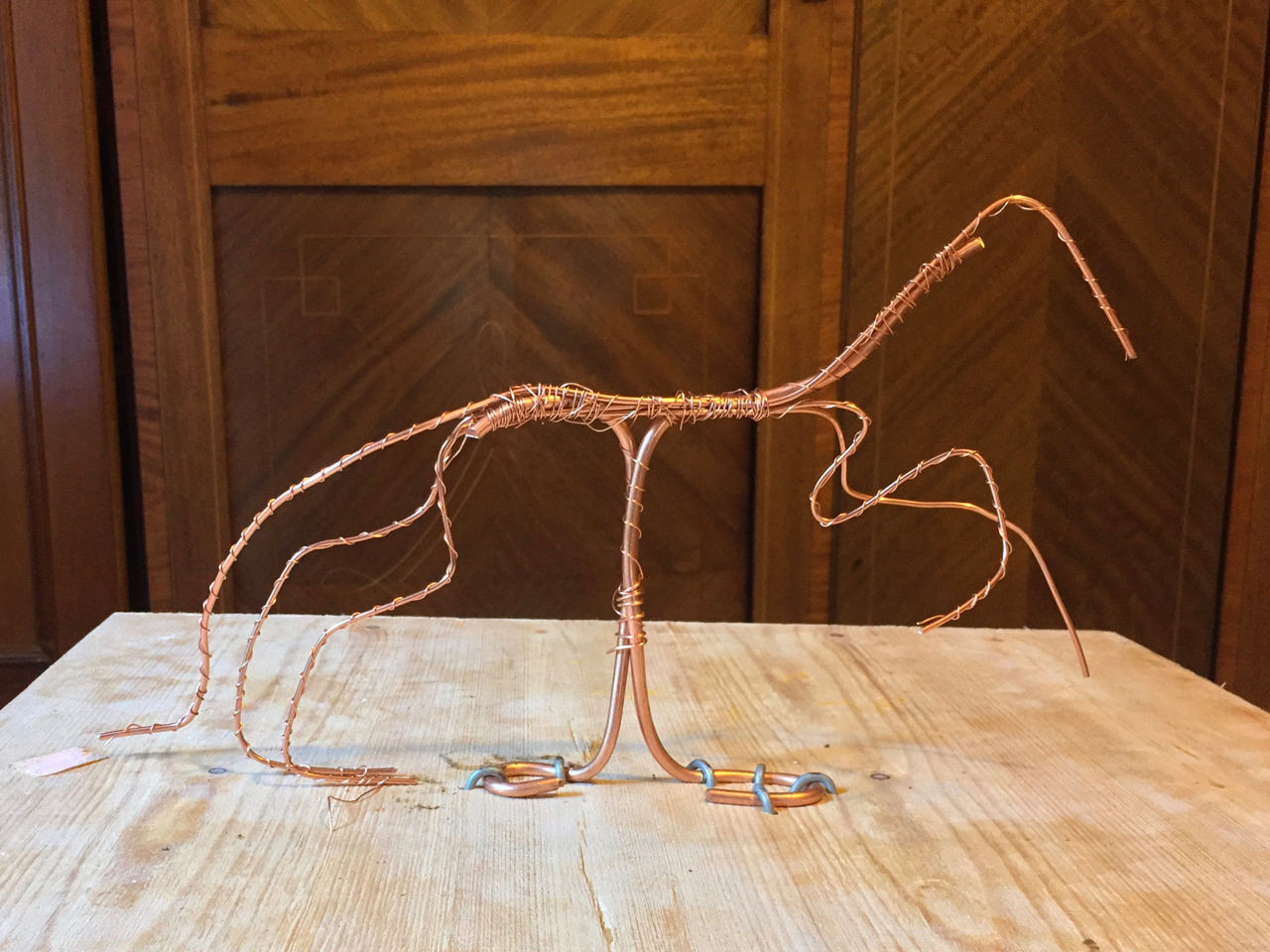
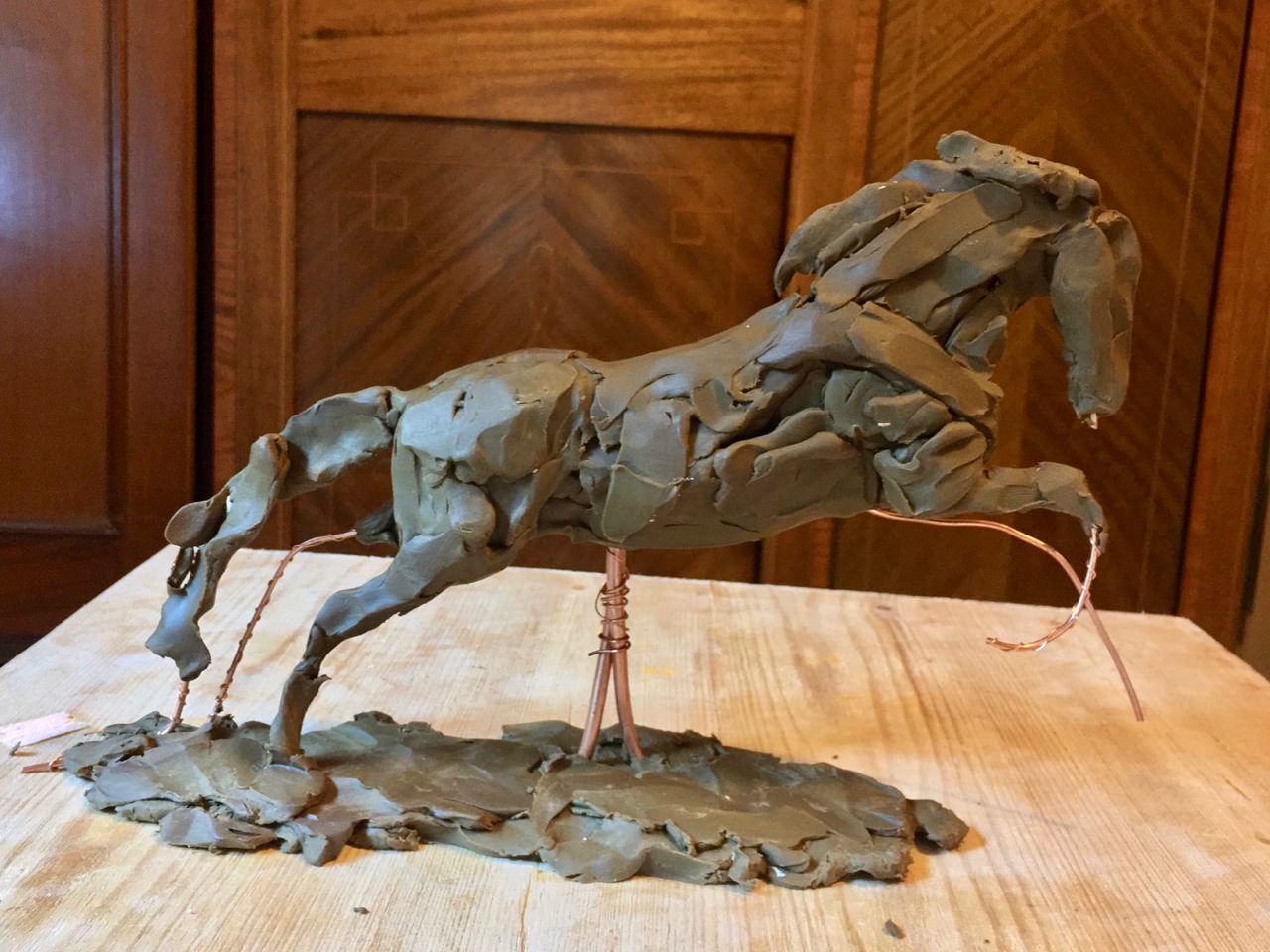
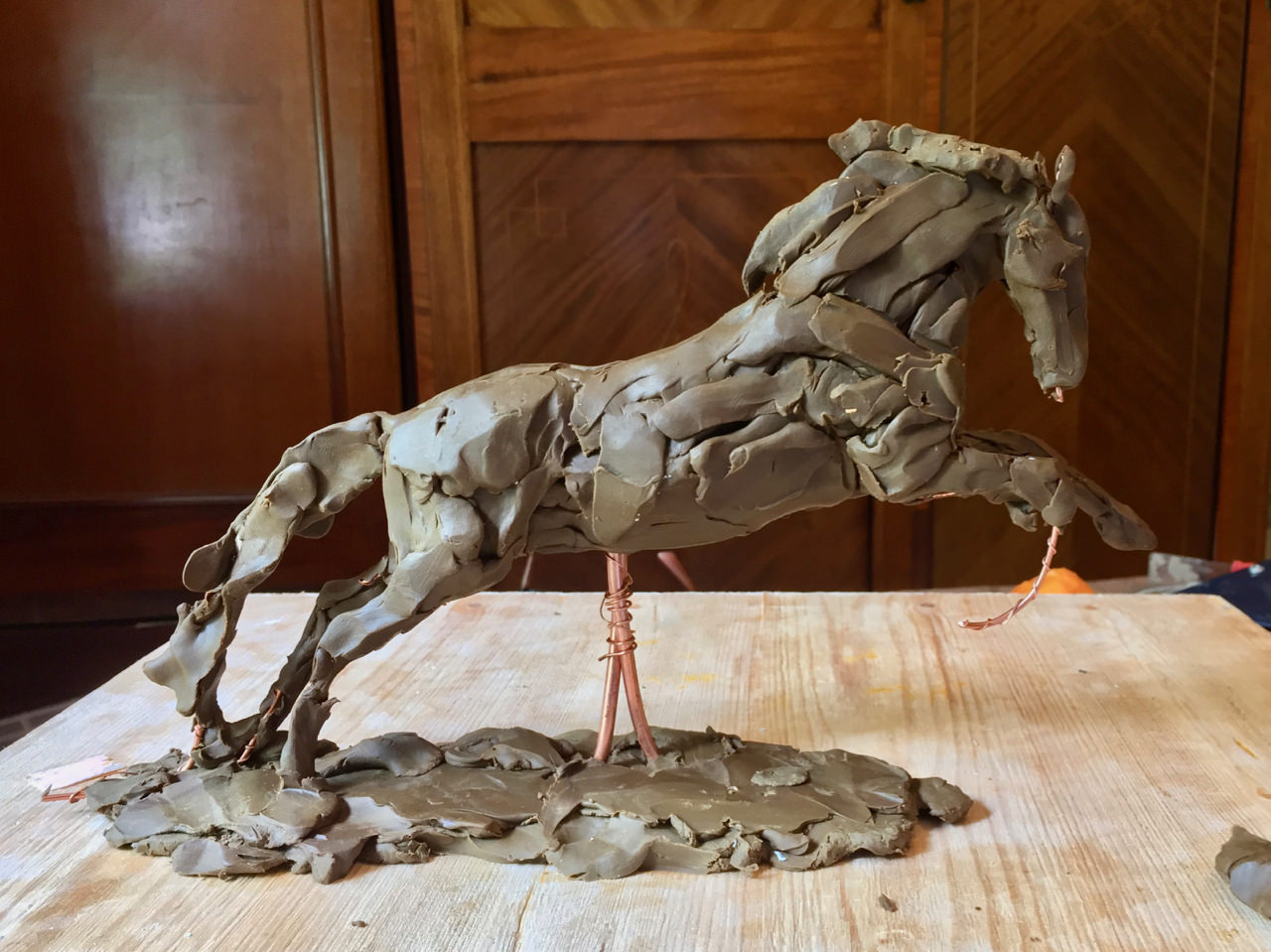
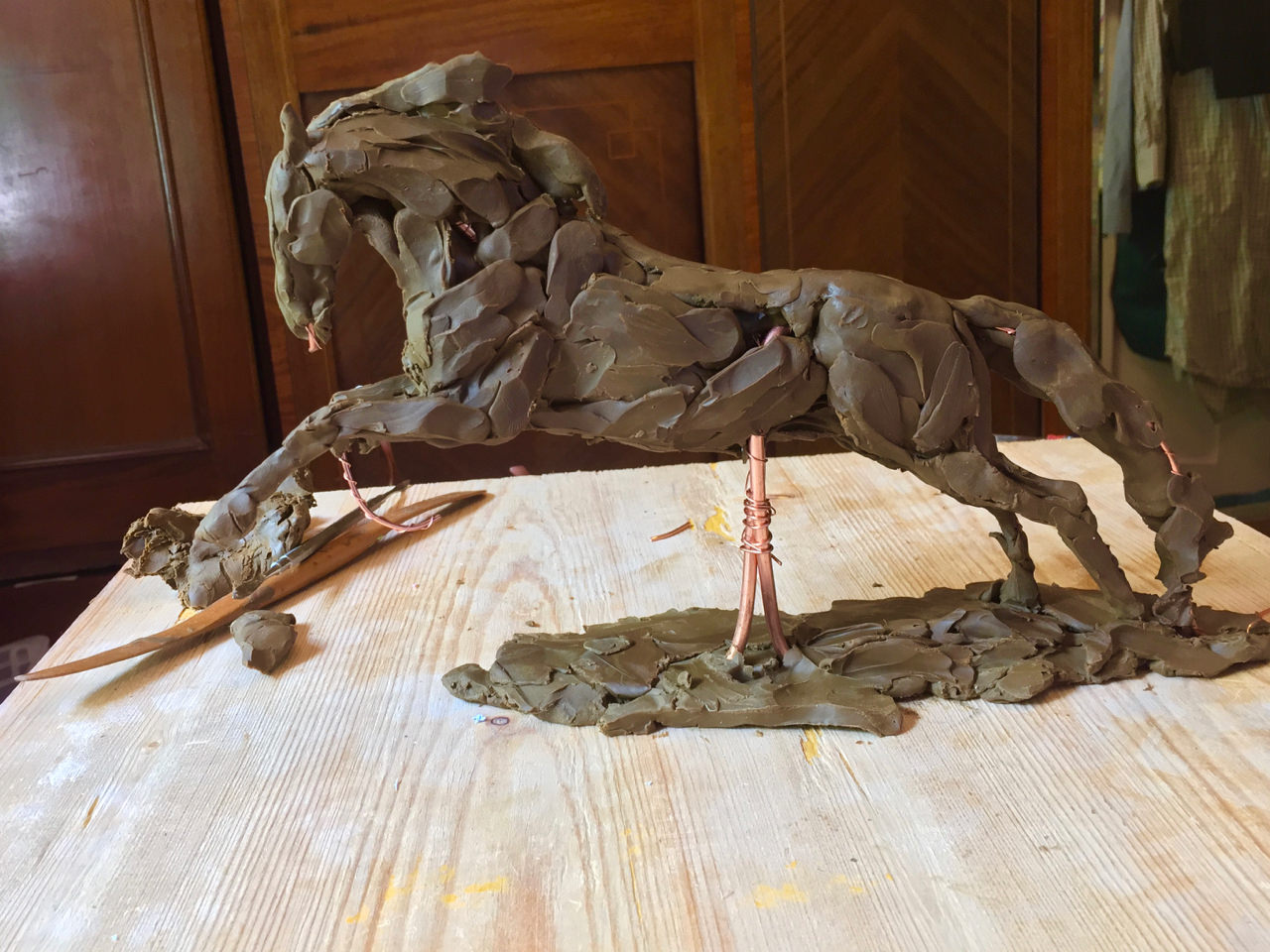
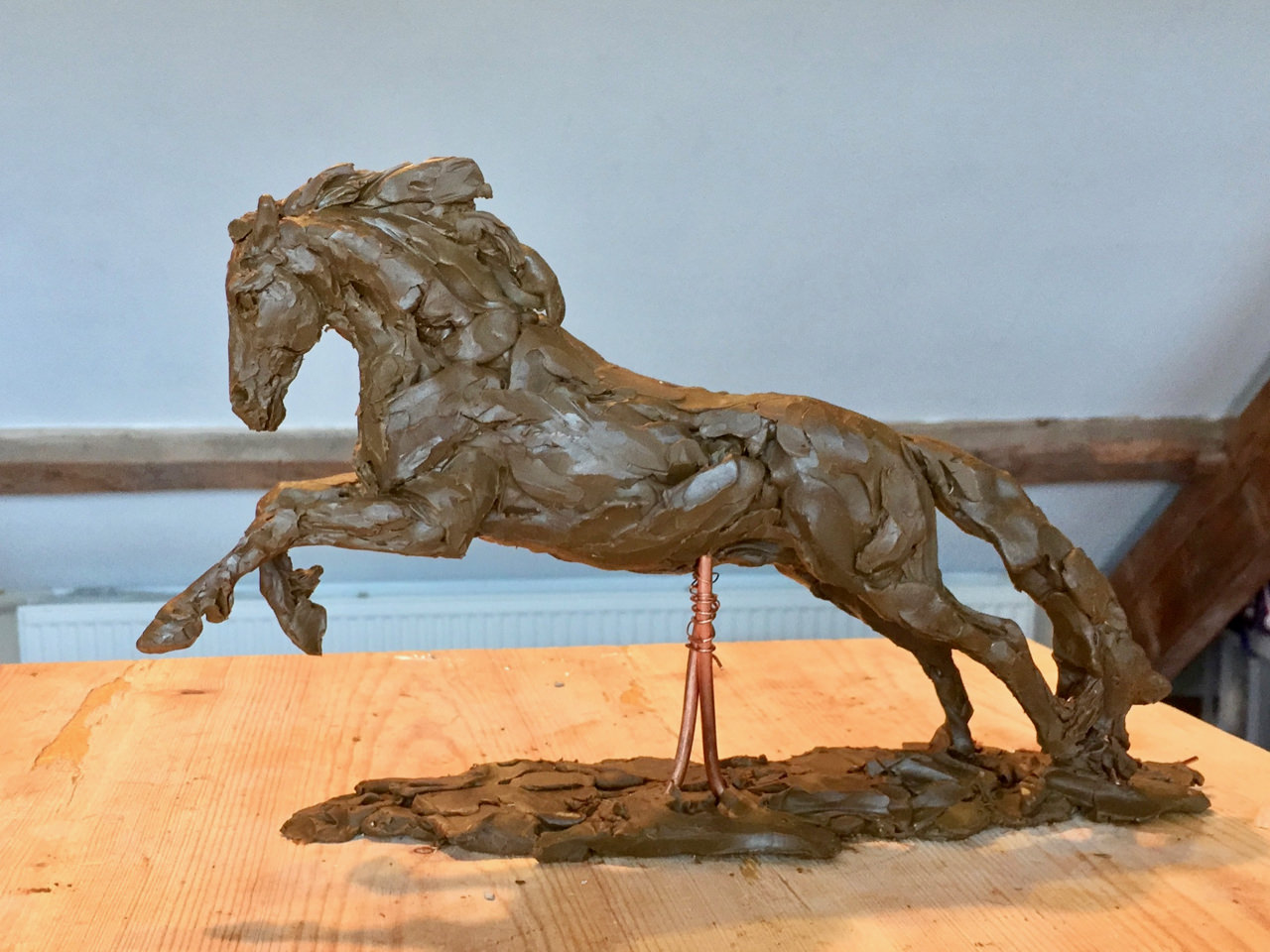
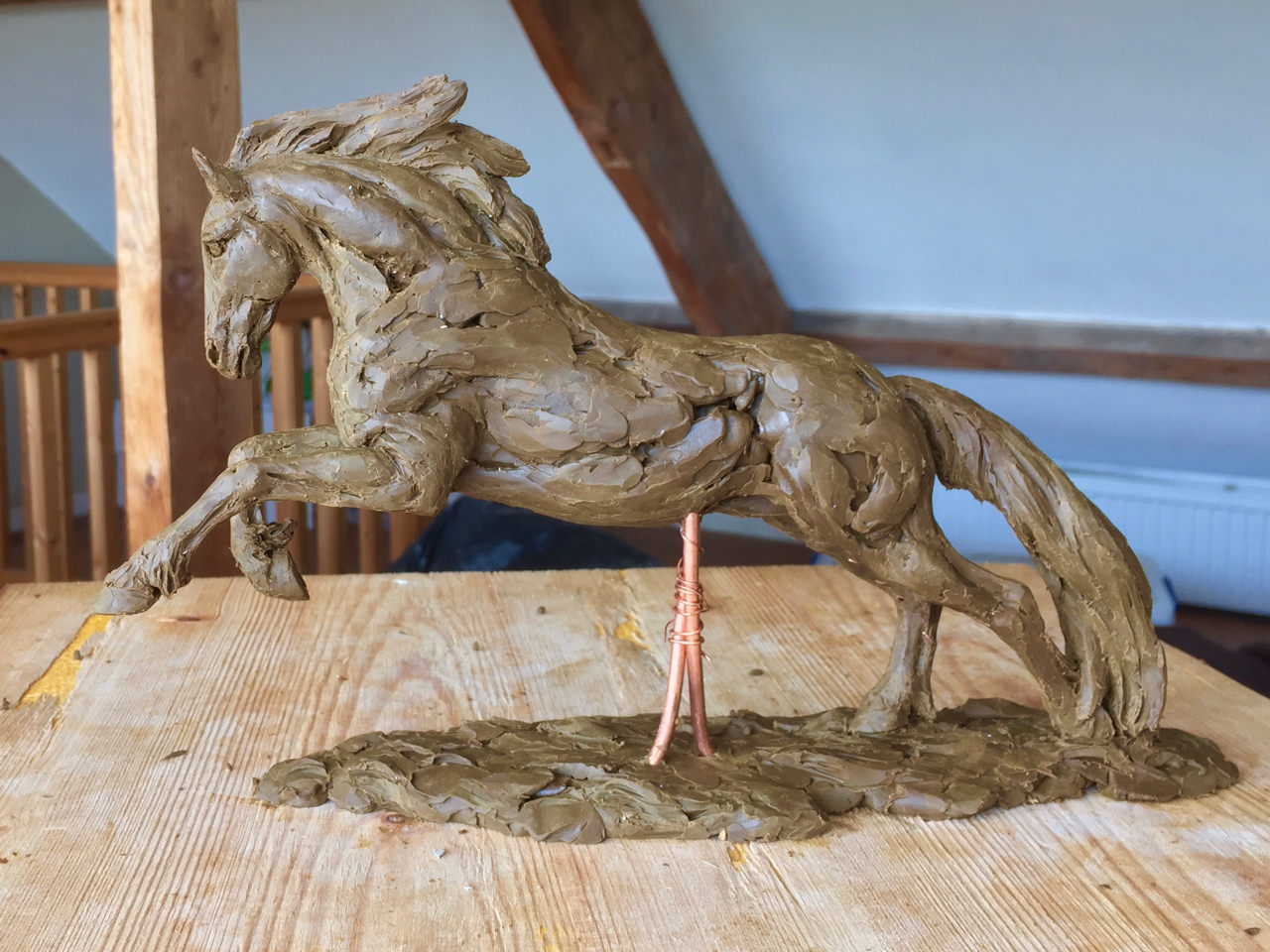
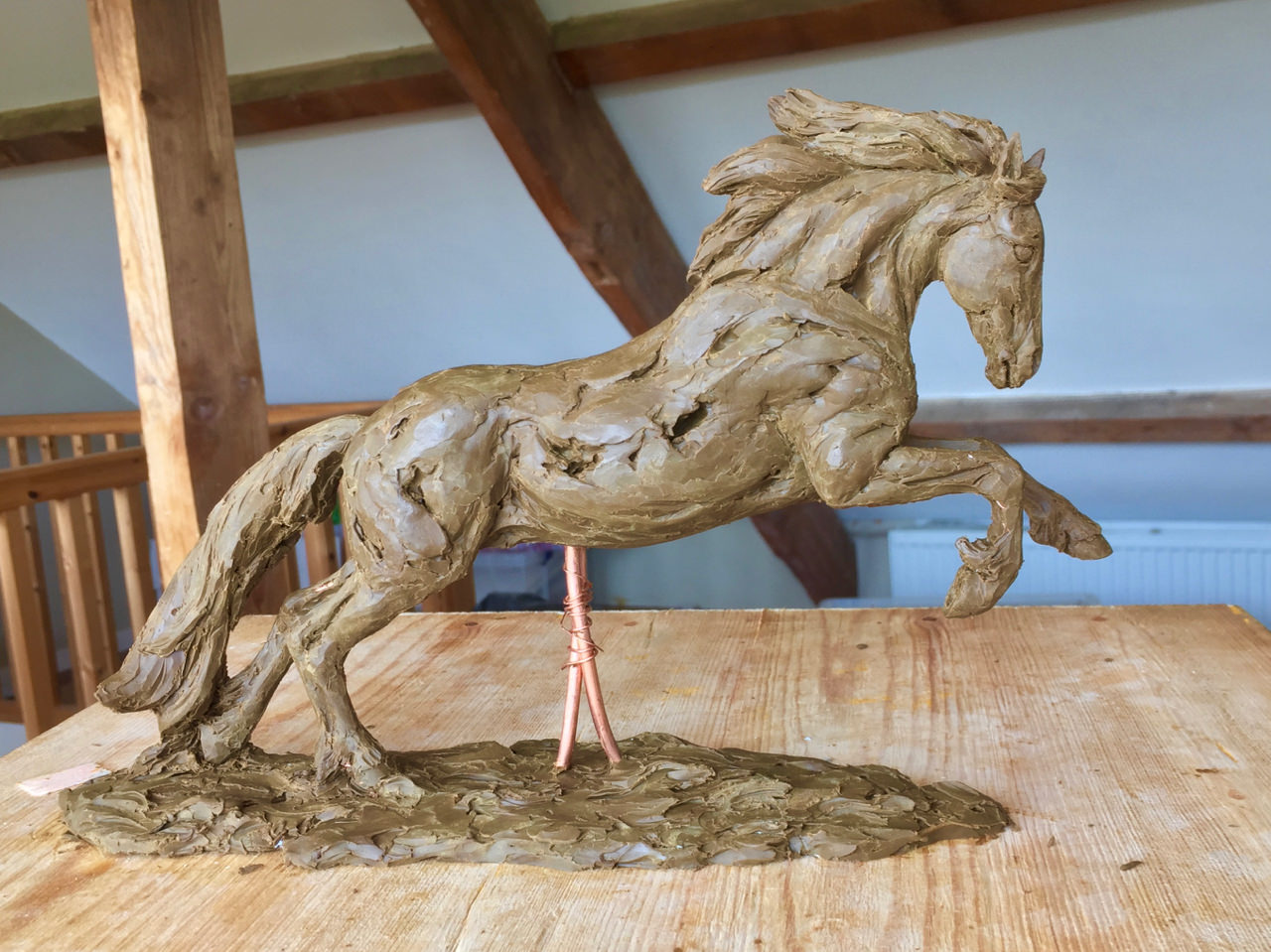
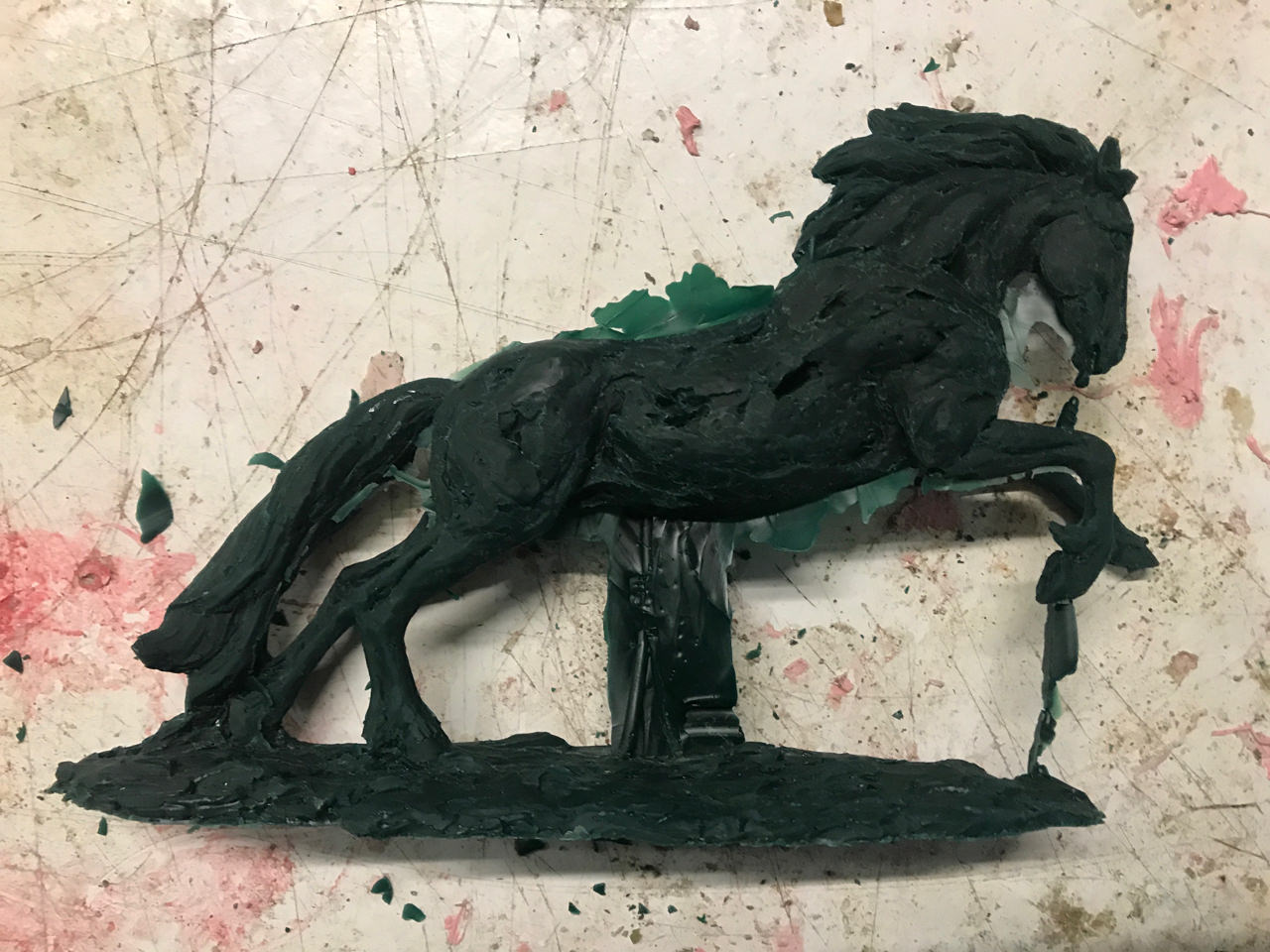
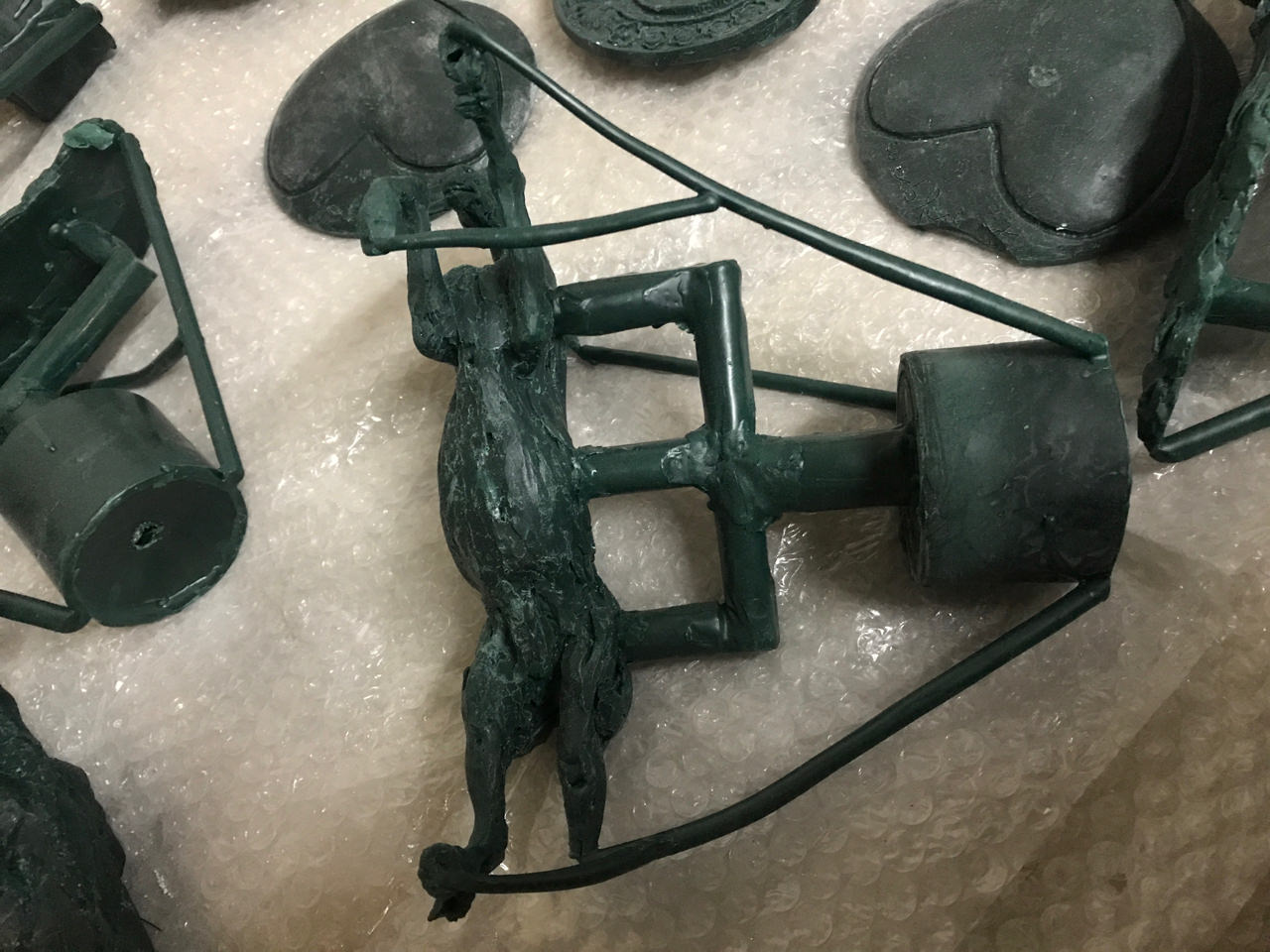
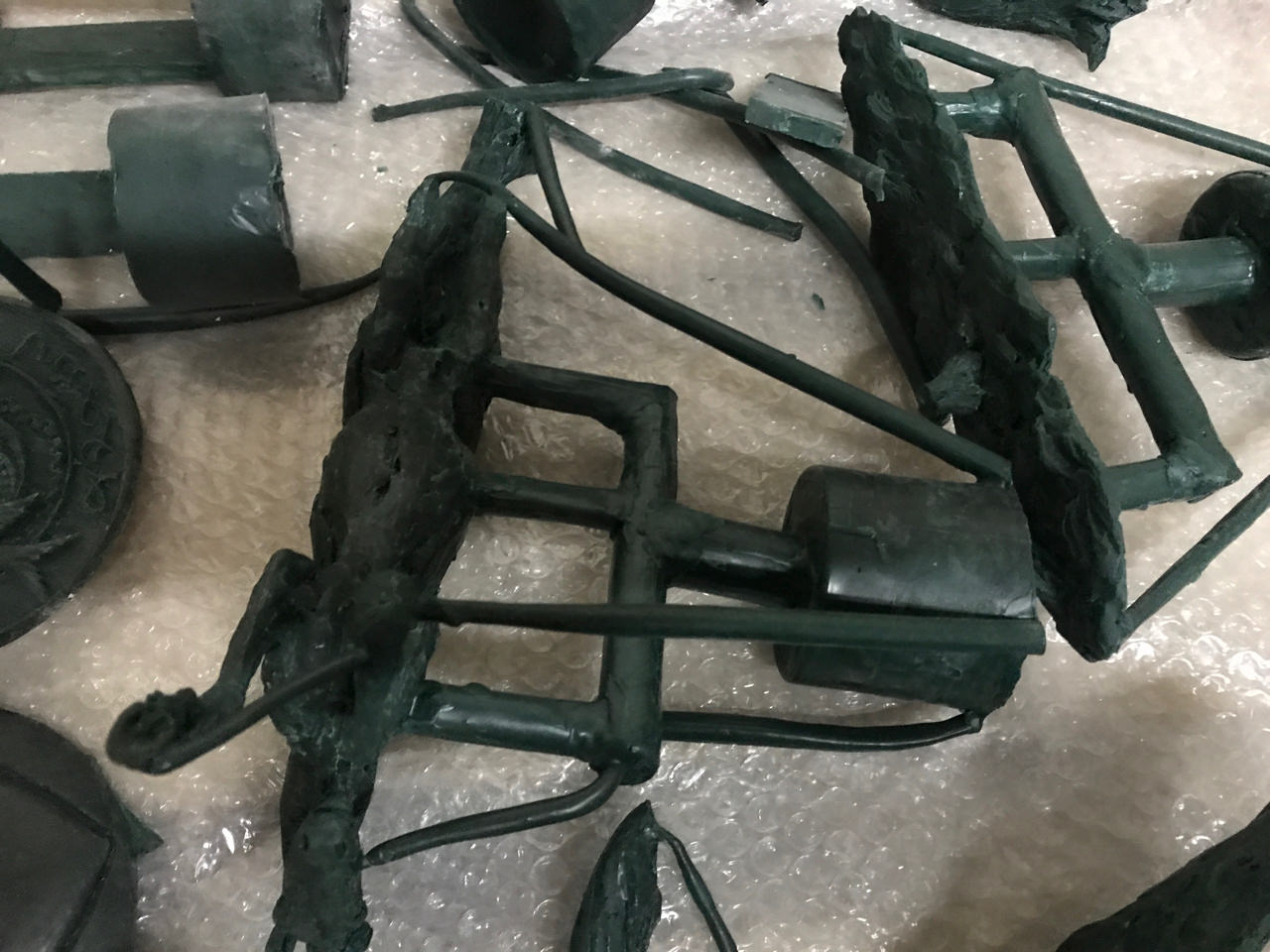
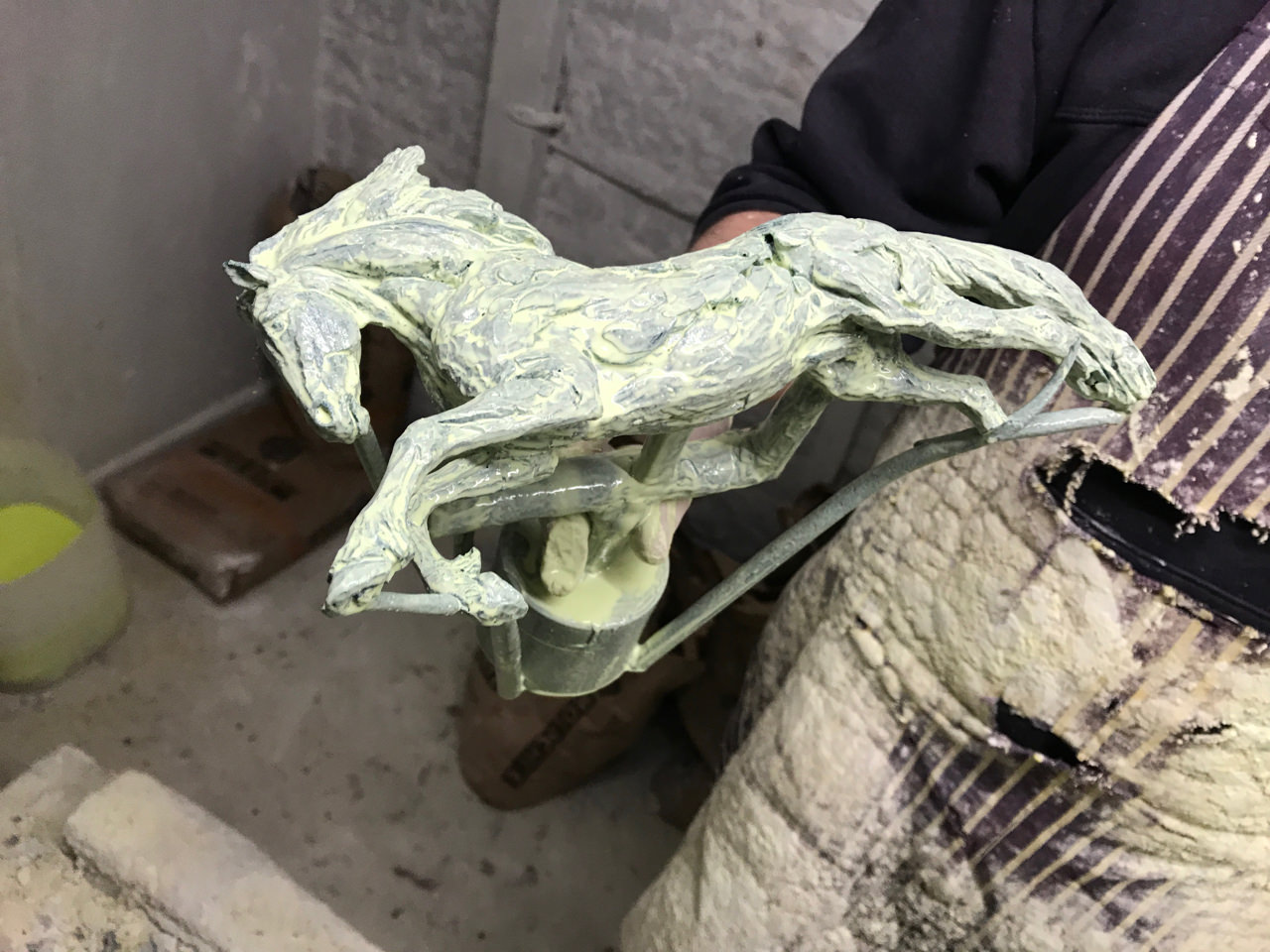
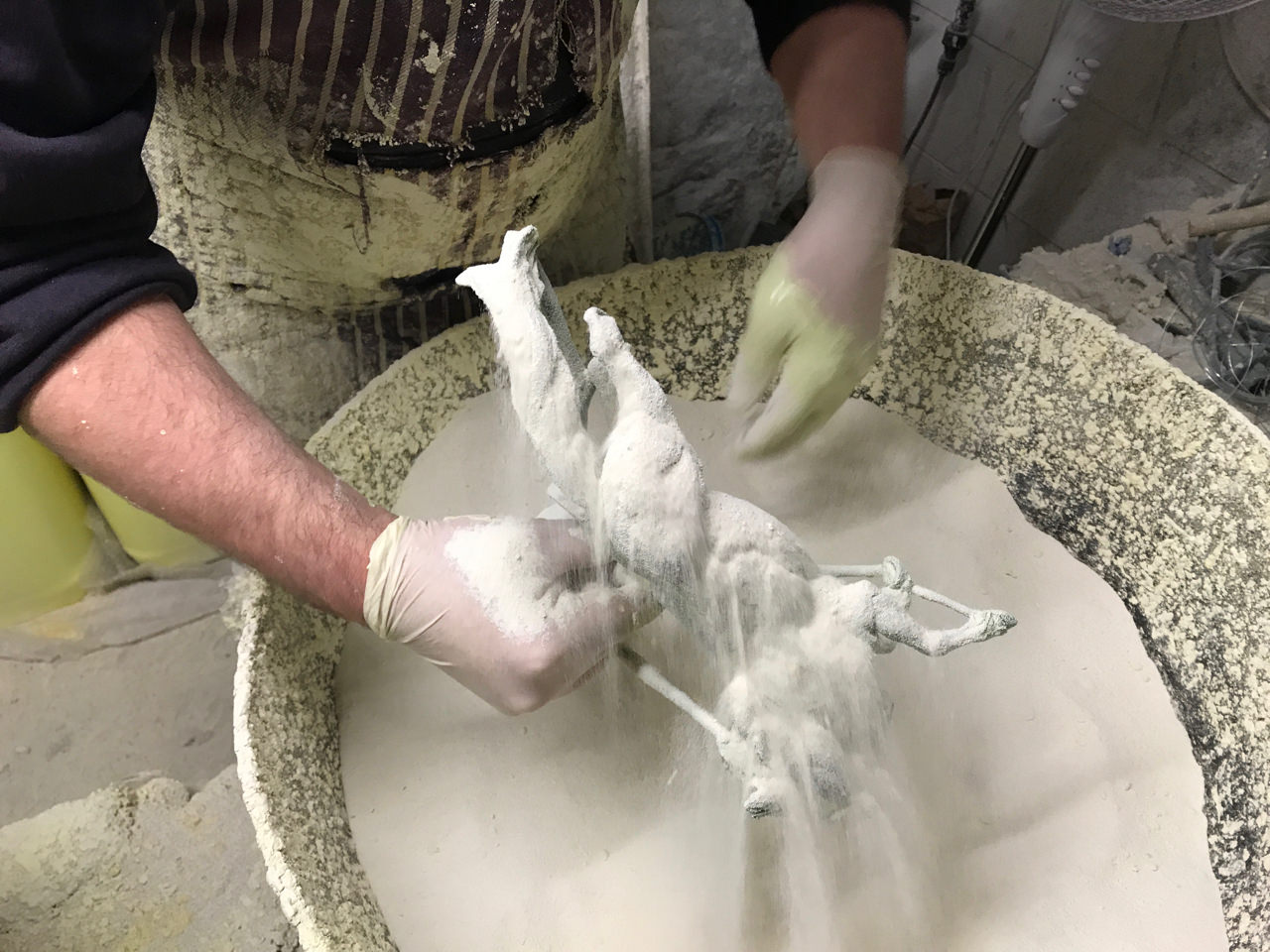
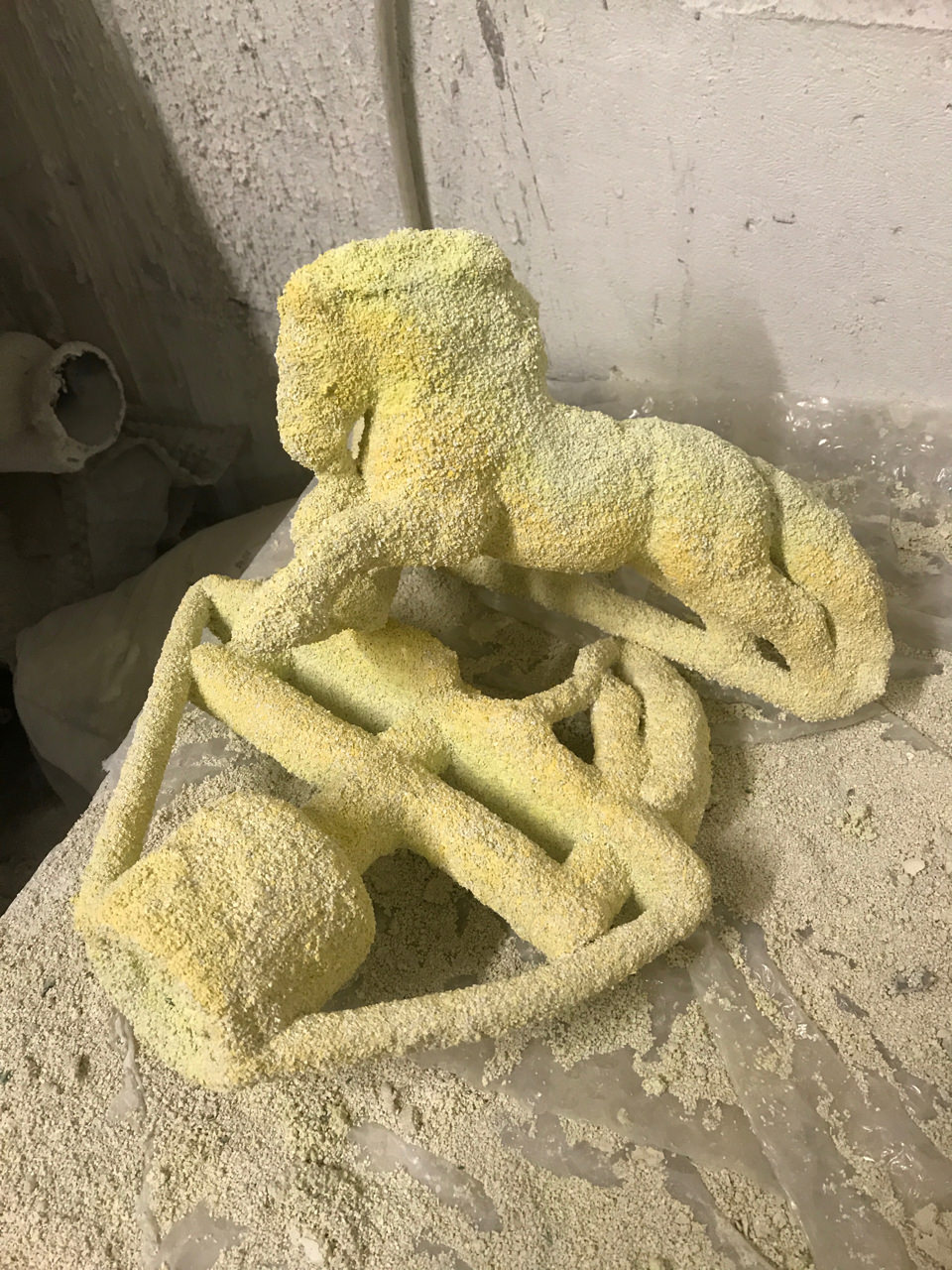
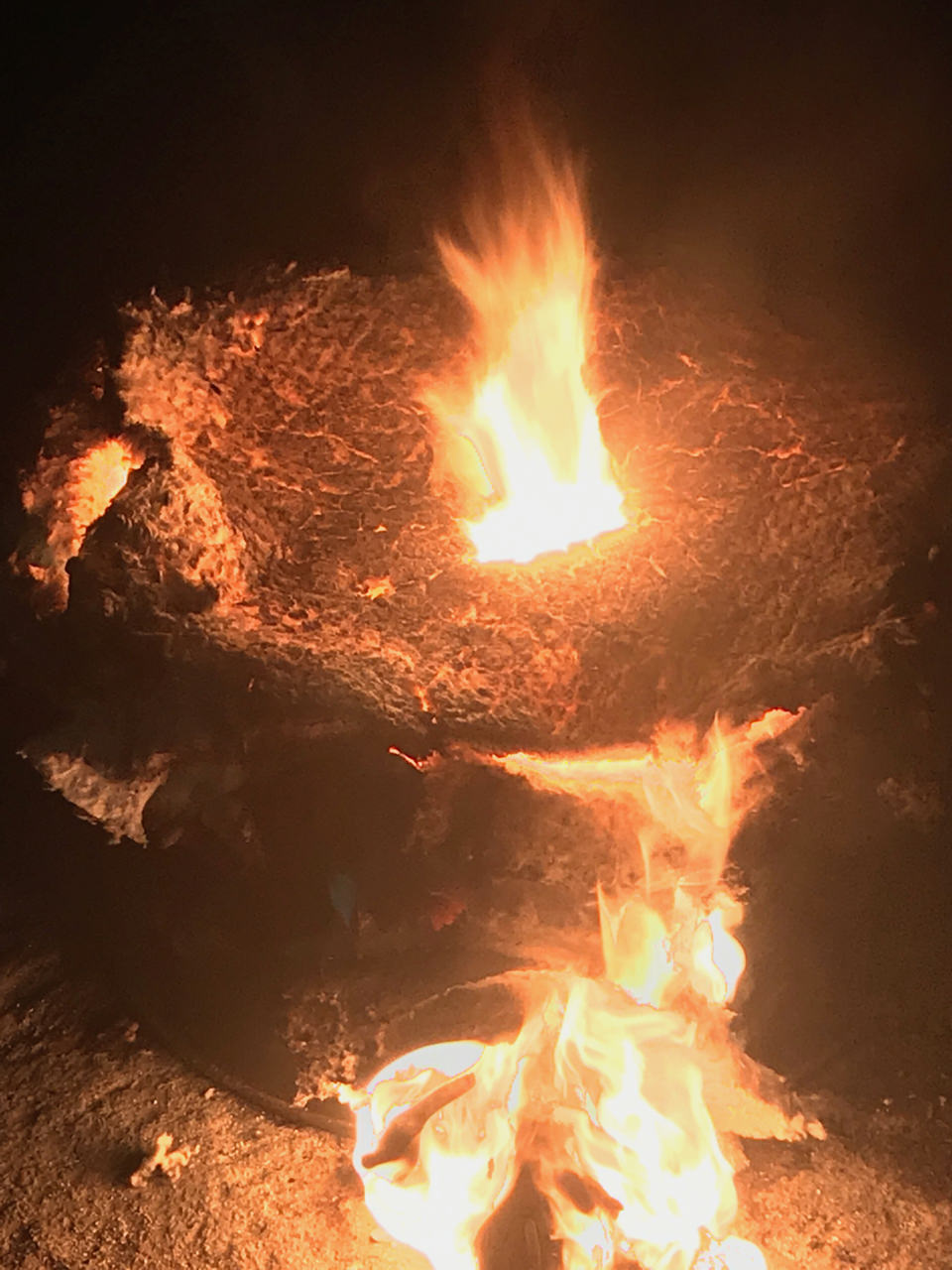
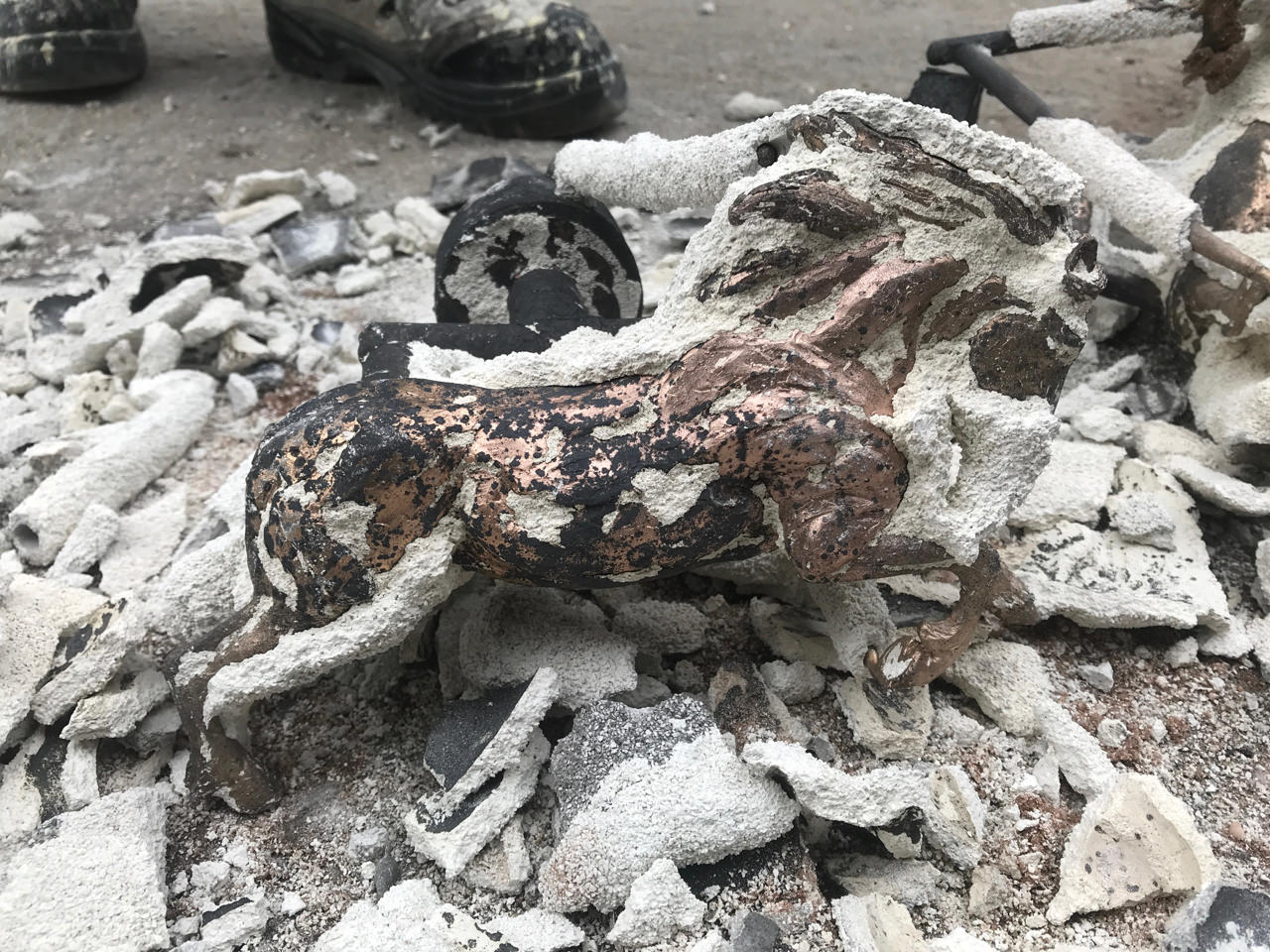
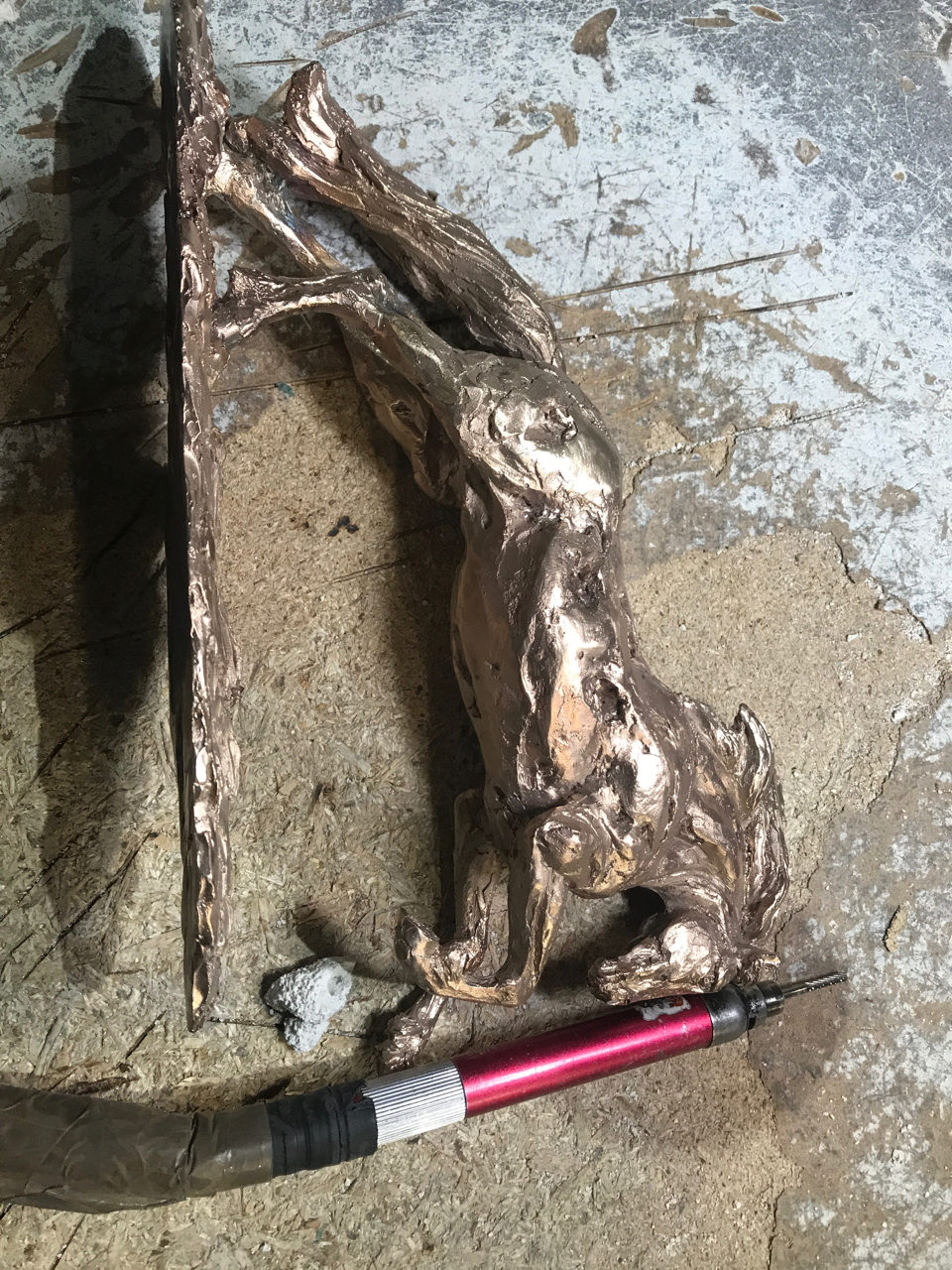
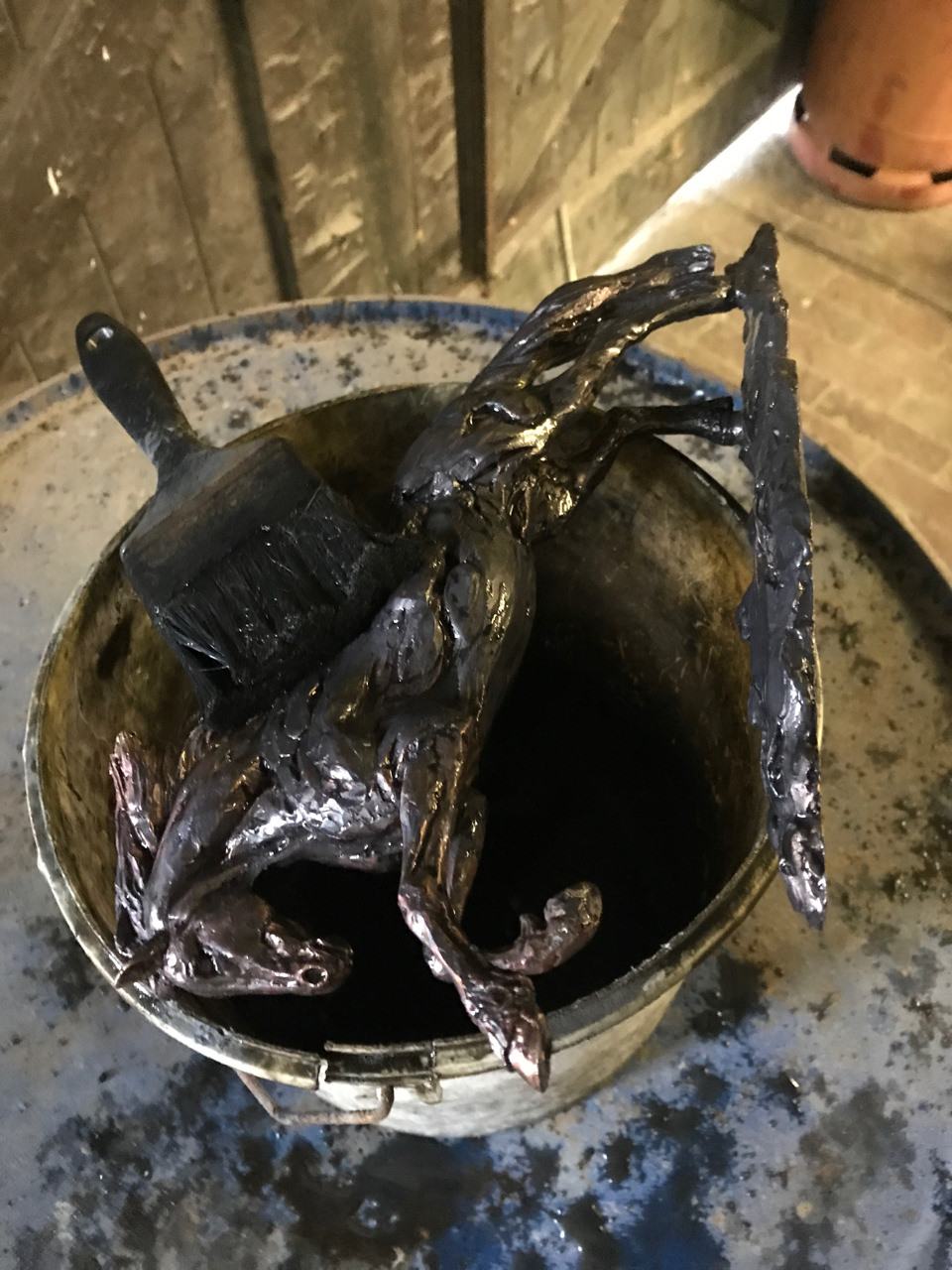
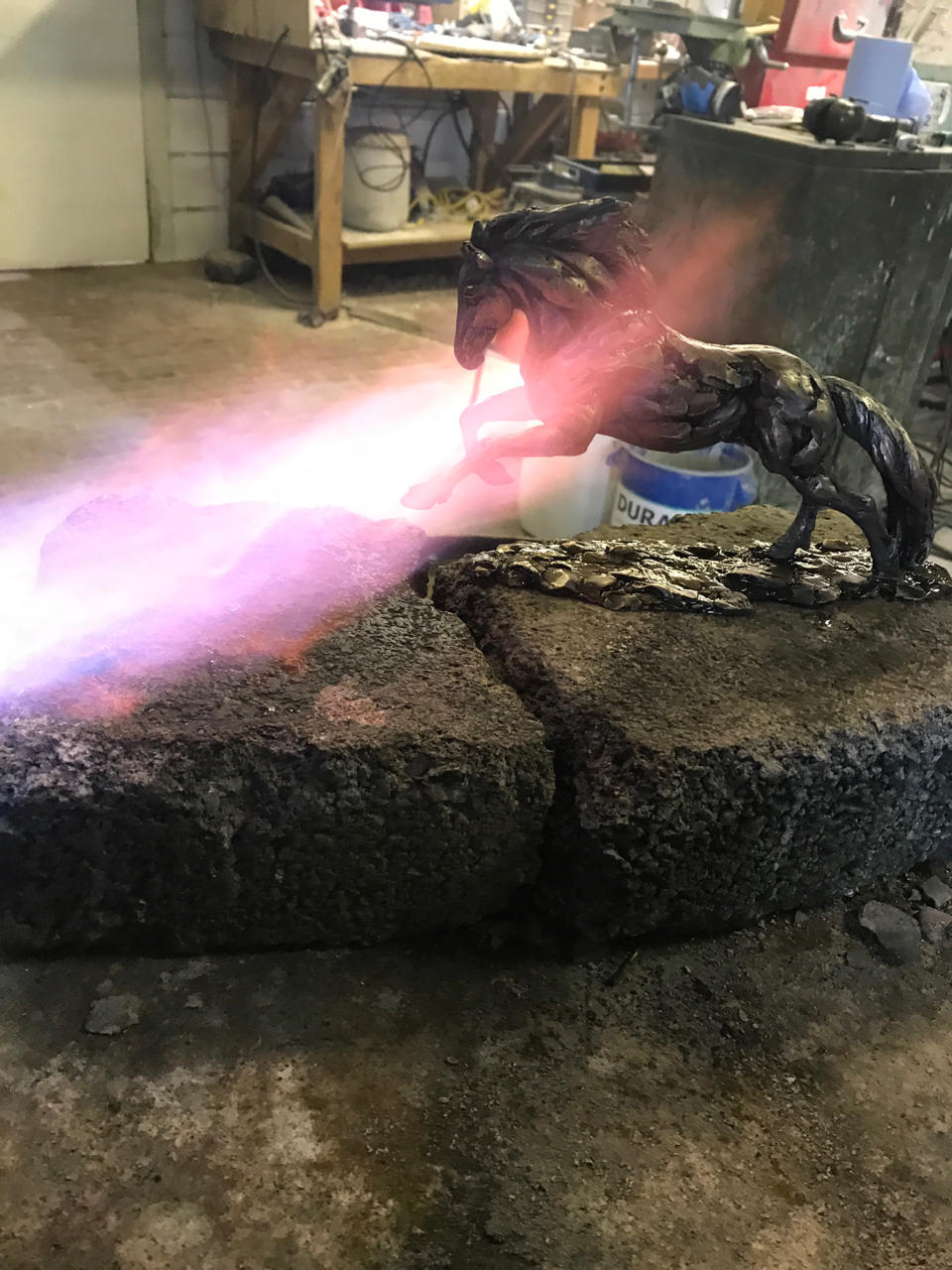
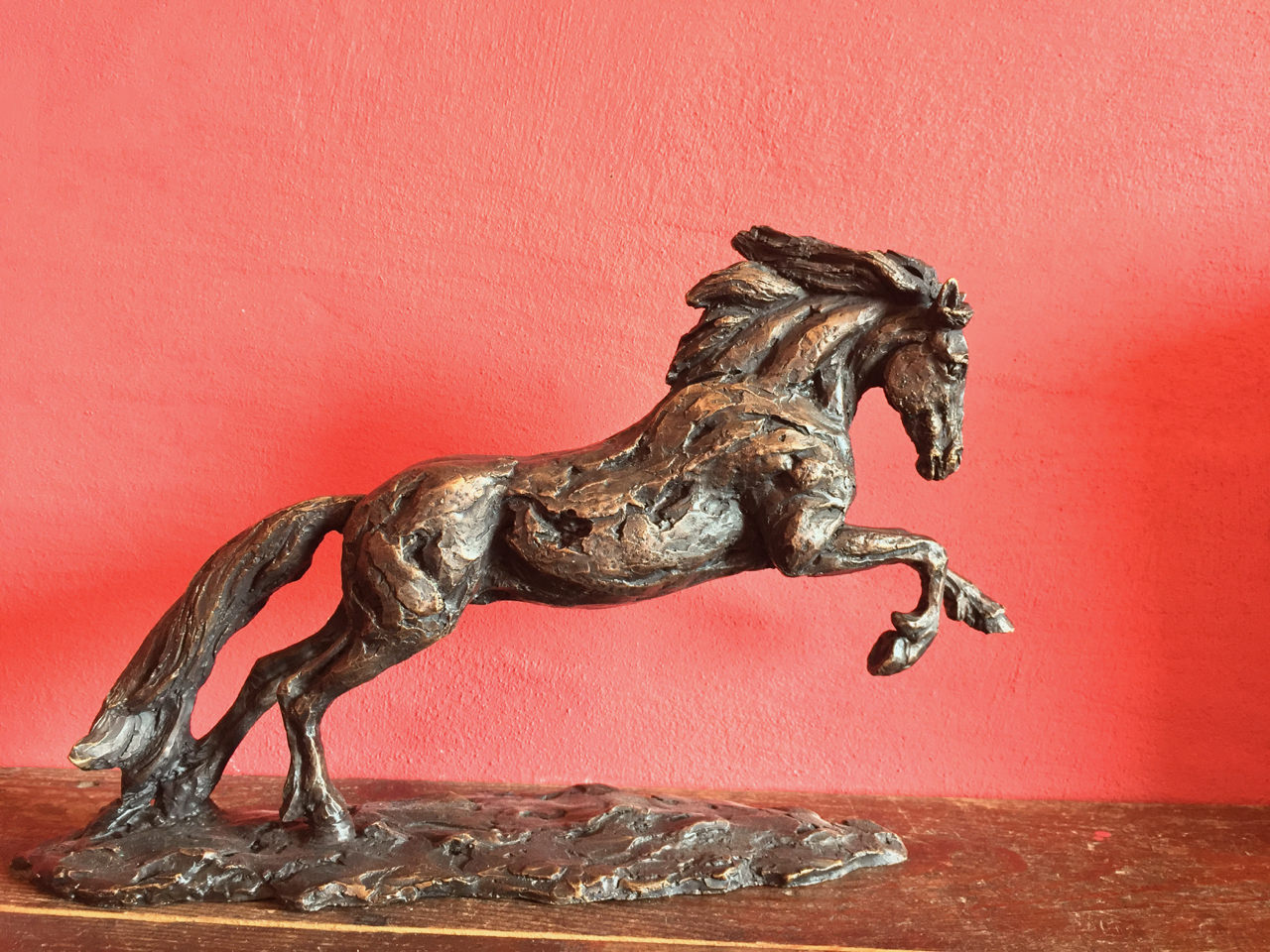
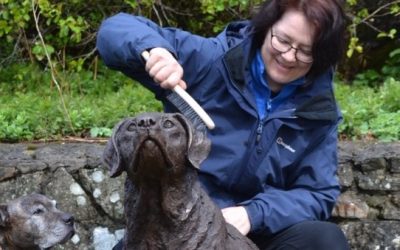
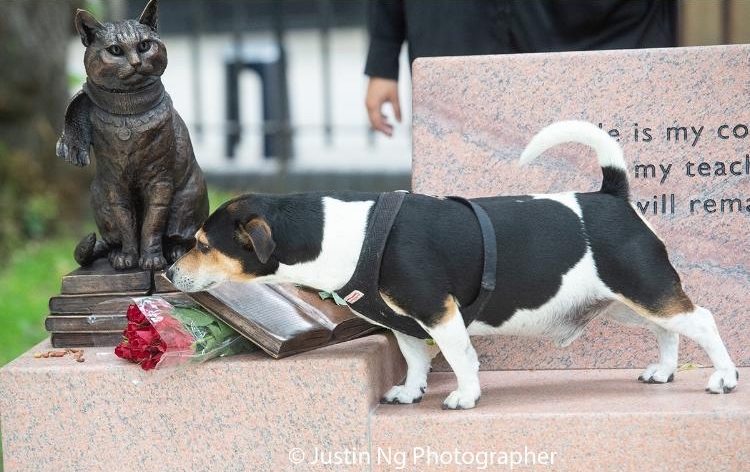
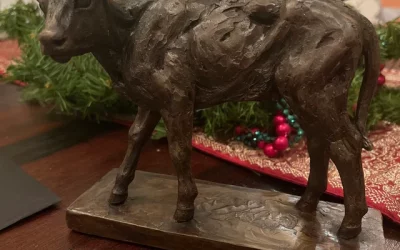
Follow The Artist
Keep up to date with Tanya's latest work!